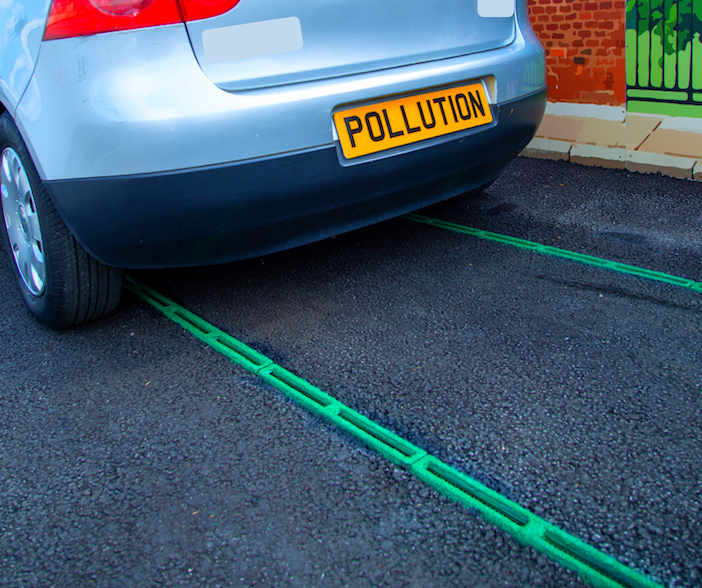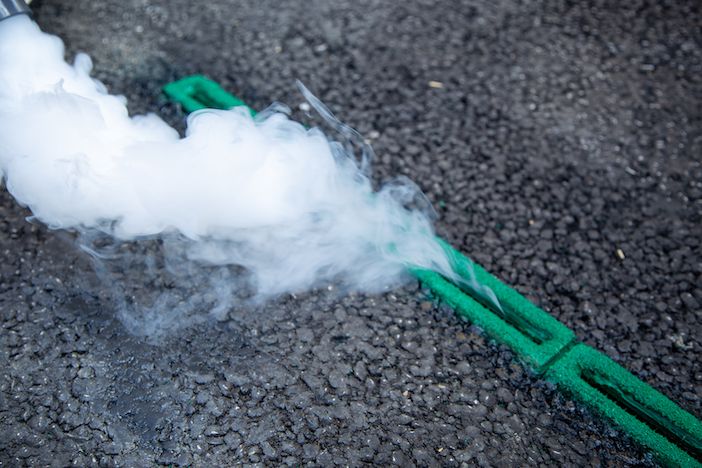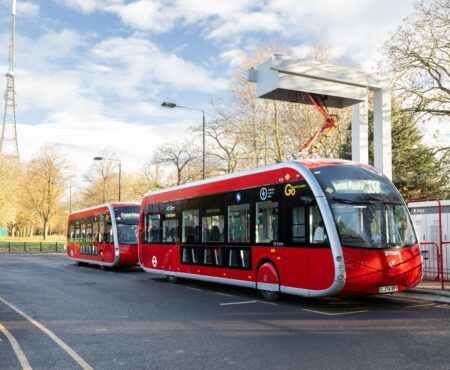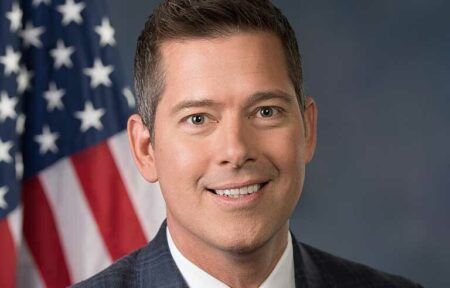A new study has shown that groundbreaking technology from Roadvent that literally sucks pollution off roads is effective at reducing harmful contaminants in the air, particularly nitrogen dioxide (NO2)
The study, led by Swansea University’s Professor Paul Lewis, looked into the effectiveness of the technology, pioneered by UK innovators, Pollution Solution.
Roadvent is discreetly installed into roads to capture, filter and release clean air at the roadside directly below traffic. This has been independently and scientifically verified to reduce human exposure to road-based air pollution by 91%.
The new study modelled various strategies for cutting toxic nitrogen dioxide, with Roadvent revealed as the leading solution.

The results found that diverting HGVs and buses away from the area reduced emissions to 31µg/m3 but would likely cause an increase in other areas. A ‘no-idling’ scheme alone was predicted to be insufficient in achieving compliance with regulatory requirements.
“This study will be of significant interest to policymakers,” says Professor Lewis. “The government is already collecting pollution data across many parts of the country that can inform strategic decision making on where new solutions such as Roadvent could be deployed. This research provides insights that can be replicated on a broader scale.
“The results of our comprehensive modelling go beyond just reducing NO2 concentrations; they can contribute to delivering positive change in the broader context of environmental responsibility and health.”

“Roadvent represents a paradigm shift in our capabilities to address air pollution by providing essential infrastructure that protects human lives right now,” says Thomas Delgado, CEO of Pollution Solution. “The full transition to electric vehicles will take decades and will still see considerable quantities of harmful particulate matter released into the atmosphere.
“Our technology is proven by this study to be a highly effective response to one of the most pressing challenges of our time, safeguarding both our health and our economy from the burden of air pollution.”





